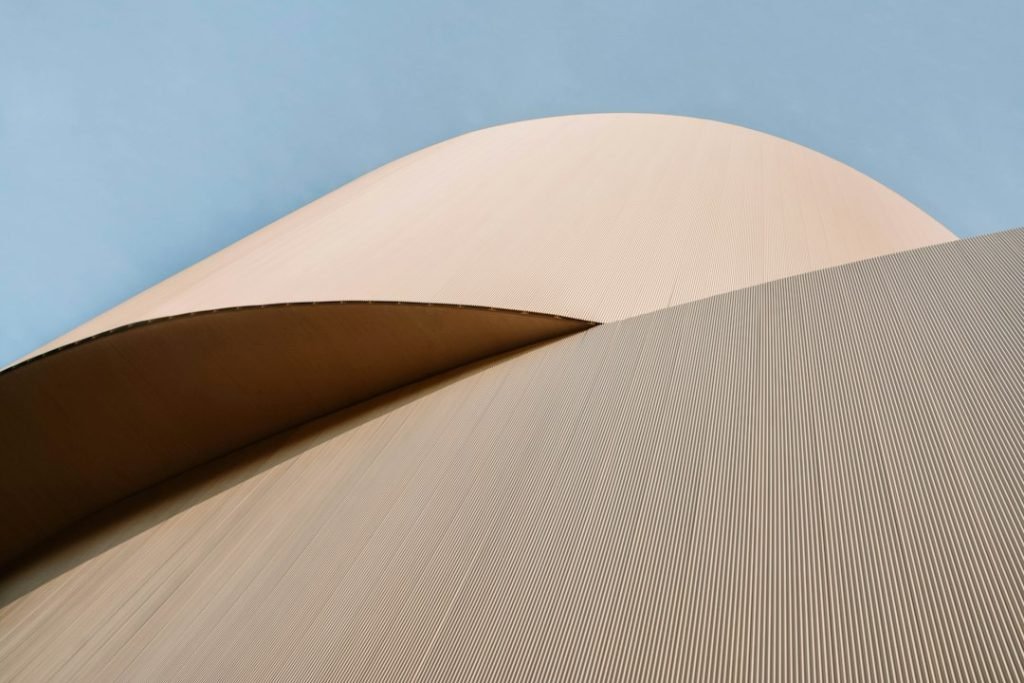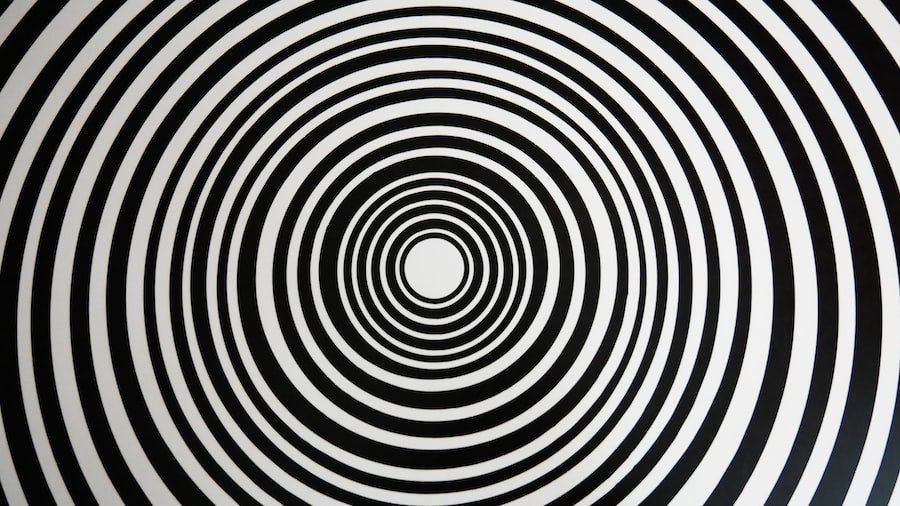

Shapes in Italian: Circle, Square, Triangle, and More
Shapes are an essential part of our daily lives. From the objects we interact with to the buildings we see, shapes are everywhere. Learning shapes in Italian can be a fun and exciting way to expand your language skills. In this blog post, we will explore the basic and advanced shapes in Italian, their translations, and practical applications.
Table of Contents
ToggleLearning Shapes in Italian through an Italian Course
One of the best ways to learn shapes in Italian is through an Italian course. Italian courses offer a structured and comprehensive approach to learning the language, including shapes. They provide interactive lessons, exercises, and quizzes that help you master the shapes in Italian.
Italian courses often start with the basics, such as numbers, colors, and shapes. They introduce you to the vocabulary and pronunciation of each shape, allowing you to practice and reinforce your knowledge. As you progress through the course, you will learn more complex shapes and their applications in different fields.
The Circle in Italian: Il Cerchio
The circle is one of the most basic shapes, and in Italian, it is called “il cerchio.” It is a closed shape with no corners or edges. The circle is used in various fields such as geometry, design, and architecture.
In geometry, the circle is defined as a set of points that are equidistant from a fixed center point. It is often used to represent perfection and infinity due to its symmetry and continuous curve. In design and architecture, circles are used to create balance and harmony in compositions. They can be found in logos, patterns, and decorative elements.
The Square in Italian: Il Quadrato
The square is another basic shape, and in Italian, it is called “il quadrato.” It has four equal sides and four right angles. The square is a popular shape in design and architecture due to its simplicity and versatility.
In design, squares are often used to create a sense of stability and order. They can be found in layouts, grids, and modular systems. In architecture, squares are used to create balanced and symmetrical structures. They can be seen in buildings, facades, and floor plans.
The Triangle in Italian: Il Triangolo
The triangle is a three-sided shape, and in Italian, it is called “il triangolo.” It is used in various fields such as geometry, design, and architecture. Triangles are popular shapes in logos and branding due to their dynamic and eye-catching nature.
In geometry, triangles are classified based on their angles and sides. They can be equilateral (all sides and angles are equal), isosceles (two sides and angles are equal), or scalene (no sides or angles are equal). In design, triangles are used to create movement and direction. They can be found in arrows, banners, and patterns. In architecture, triangles are used to create stability and strength. They can be seen in trusses, roofs, and bridges.
Other Basic Shapes in Italian: Il Rettangolo, Il Pentagono, Il Esagono, Il Ovale

In addition to the circle, square, and triangle, there are other basic shapes in Italian. These include “il rettangolo” (rectangle), “il pentagono” (pentagon), “il esagono” (hexagon), and “il ovale” (oval).
Rectangles have four sides with opposite sides being equal in length. They are commonly used in design and architecture for their versatility and practicality. Pentagons have five sides and can be found in various natural and man-made objects such as stars and soccer balls. Hexagons have six sides and are known for their efficiency in packing space. They can be found in honeycombs and beehives. Ovals have a curved shape similar to an elongated circle. They are often used in design and architecture for their elegance and softness.
Advanced Shapes in Italian: Il Rombo, Il Trapezio, Il Cono, Il Cubo
There are also advanced shapes in Italian that are used in geometry, design, and architecture. These include “il rombo” (rhombus), “il trapezio” (trapezoid), “il cono” (cone), and “il cubo” (cube).
A rhombus is a four-sided shape with opposite sides being equal in length. It is often used in design for its dynamic and diamond-like appearance. A trapezoid is a four-sided shape with one pair of parallel sides. It is commonly used in architecture for its stability and versatility.
A cone is a three-dimensional shape with a circular base and a pointed top. It is used in various fields such as geometry, design, and architecture. Cones can be found in traffic cones, ice cream cones, and the roofs of buildings.
A cube is a three-dimensional shape with six equal square faces. It is known for its stability and regularity. Cubes can be found in dice, building blocks, and storage containers.
Practical Applications of Shapes in Italian: Geometry, Design, and Architecture
Shapes have practical applications in various fields, including geometry, design, and architecture. Learning shapes in Italian can help you communicate effectively in these fields and expand your career opportunities.
In geometry, shapes are used to study the properties of space and the relationships between points, lines, and surfaces. Understanding the vocabulary of shapes in Italian can help you navigate through geometric concepts and solve problems.
In design, shapes are used to create visual compositions and communicate ideas. By learning the names of shapes in Italian, you can effectively communicate your design intentions and collaborate with others in the field.
In architecture, shapes are used to create structures that are functional, aesthetically pleasing, and structurally sound. Knowing the names of shapes in Italian can help you understand architectural drawings, communicate with clients and colleagues, and contribute to the design process.
Fun Activities to Learn Shapes in Italian: Games, Puzzles, and Quizzes
Learning shapes in Italian can be fun and engaging with games, puzzles, and quizzes. These activities can help you reinforce your knowledge of shapes in Italian and make learning more enjoyable.
You can play shape recognition games where you match the Italian word for a shape with its corresponding image. You can also solve shape puzzles where you arrange pieces to form different shapes. Quizzes can test your knowledge of shapes in Italian and help you identify areas for improvement.
Mastering Shapes in Italian through an Italian Course
Learning shapes in Italian is an essential part of mastering the language. An Italian course can provide you with the tools and resources you need to learn shapes effectively and efficiently. Through interactive lessons, exercises, and quizzes, you can develop a strong foundation in the vocabulary and pronunciation of shapes in Italian. By understanding the practical applications of shapes in various fields, you can enhance your communication skills and expand your career opportunities. So why wait? Start learning shapes in Italian today!
If you’re interested in learning Italian, you might also enjoy this article on Norwegian Language School’s website about Shapes in Italian: Circle, Square, Triangle, and More. It provides a comprehensive guide to the different shapes in Italian and how to pronounce them correctly. Whether you’re a beginner or looking to expand your vocabulary, this article is a great resource for anyone interested in learning the Italian language. Check it out here.
FAQs
What are the basic shapes in Italian?
The basic shapes in Italian are circle (cerchio), square (quadrato), triangle (triangolo), rectangle (rettangolo), oval (ovale), and diamond (rombo).
How do you pronounce the Italian words for shapes?
The pronunciation of the Italian words for shapes are as follows: cerchio (cher-kee-oh), quadrato (kwah-drah-toh), triangolo (tree-ahn-goh-loh), rettangolo (reht-tahn-goh-loh), ovale (oh-vah-leh), and rombo (rohm-boh).
What are some other shapes in Italian?
Other shapes in Italian include pentagon (pentagono), hexagon (esagono), heptagon (ettagono), octagon (ottagono), nonagon (enneagono), and decagon (decagono).
How do you say “shape” in Italian?
The word for “shape” in Italian is “forma”.
What are some common phrases related to shapes in Italian?
Some common phrases related to shapes in Italian include “Che forma ha?” (What shape does it have?), “È un quadrato” (It’s a square), and “È un cerchio” (It’s a circle).
What are some common uses of shapes in Italian culture?
Shapes are commonly used in Italian culture in art, architecture, and design. For example, the circular shape is often used in mosaics and frescoes, while the square and rectangle shapes are commonly used in building design.
If you want to learn Norwegian, you can register for classes here. We look forward to hearing from you and helping you become fluent in Norwegian.





